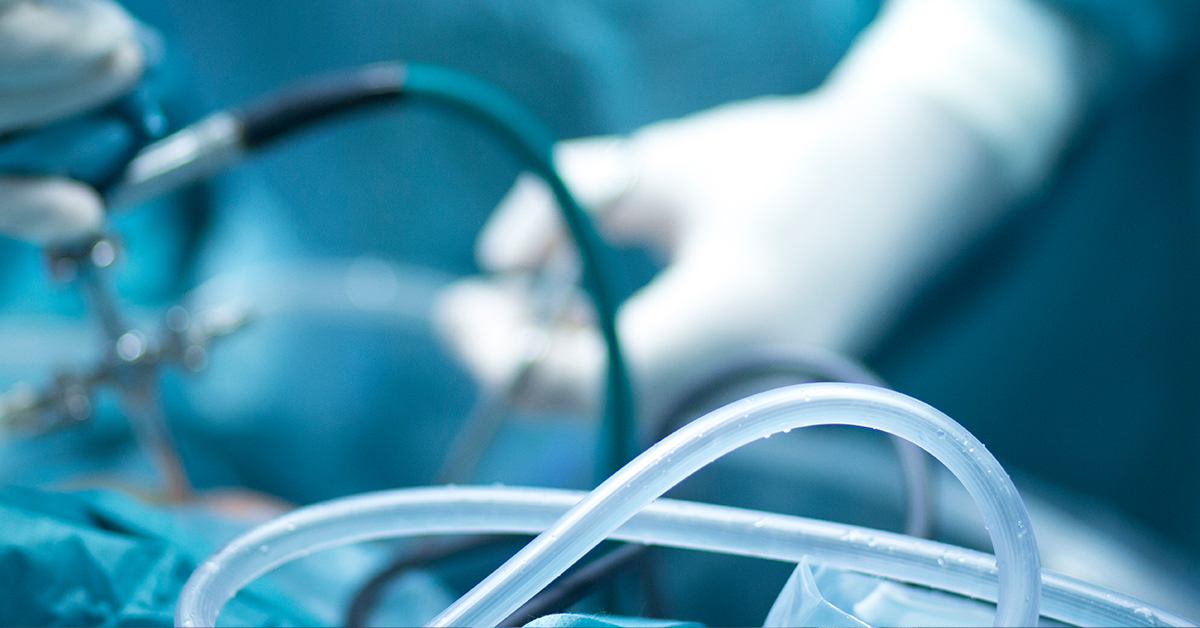
What is Shoulder Arthroscopy and Distal Clavicle Excision?
Distal Clavicle Excision is a procedure used to treat impingement in the shoulder. Shoulder impingement is a painful condition in which the space between structures in a joint narrows, causing parts to rub or pinch that normally would not, which is very painful for the patient. This procedure treats impingement in the acromioclavicular (AC) joint to return the patient to pain-free mobility.
Who needs this procedure?
The acromioclavicular (AC) joint, which is where the clavicle meets the acromion, sits above the bursa and rotator cuff tendons. Impingement in the AC joint can occur alone or at the same time as impingement in other parts of the shoulder. The AC joint is important in terms of mobility of the shoulder, so damage in the joint can be very painful for the patient. Damage can be caused by trauma, or it can be caused by osteoarthritis, or degenerative joint disease, which can occur in almost any joint in the body. Shoulder osteoarthritis occurs when the cartilage acting as a cushion between the bones in the shoulder joint deteriorates, which can occur from natural degeneration, trauma, injury, or infection. Symptoms of impingement vary, but include inflammation, pain, and limited range of motion. In some cases, there will be acute shoulder pain when raising the arms over the head, laying on the affected shoulder, or reaching backwards.
This procedure removes the end of the clavicle closest to the acromion in order to facilitate pain-free and normal mobility. Your doctor may suggest distal clavicle excision if your condition does not respond to conservative treatment like injection, physical therapy, or rest.
What are the steps in this procedure?
Initial Incisions and Insertion of Arthroscope
After anesthesia is administered, small incisions are made in the shoulder. A small camera called an arthroscope is inserted by the surgeon through one of the incisions. The surgeon uses this camera for image guidance during the surgery.
Excising the Clavicle
The surgeon uses a special cutting tool to remove a small portion of the impinging end of the clavicle.
End of Procedure
The incisions are closed with surgical staples or sutures and then bandaged. The arm will be put in a sling.
After the Surgery
Rest and ice are an important part of initial recovery from the procedure. Usually after a week, return to some activity can occur and rehabilitation exercises should be performed regularly. Physical therapy will be prescribed by your doctor to help you return to normal strength and mobility in the shoulder. Recovery time varies according to adherence to these rehabilitation exercises.








